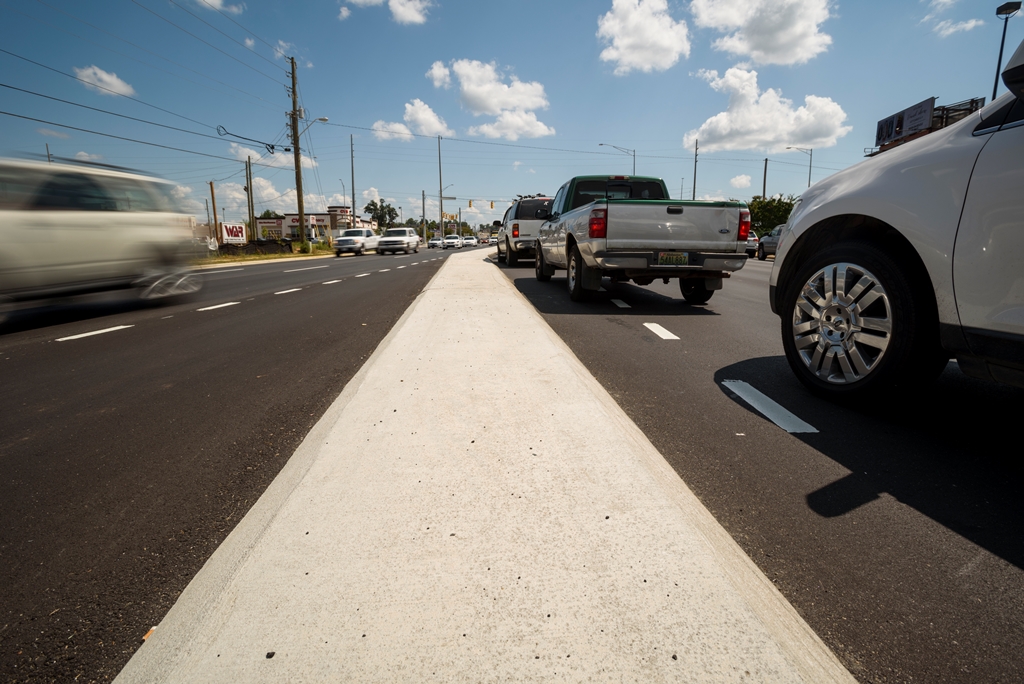TUSCALOOSA, Ala. — There were more fatal crashes in Alabama during the week of Thanksgiving last year than in previous years, and even though fatal crashes are trending down so far in 2017, the week still brings dangers to drivers.
Thanksgiving week in 2016 was particularly lethal for Alabama motorists with 22 fatalities and a fatal crash rate 40 percent more than the previous two years, motivating several studies conducted by The University of Alabama Center for Advanced Public Safety on fatalities, speed and the Thanksgiving week.
The increase during Thanksgiving 2016 reflects the entire year, which saw deaths from the state’s traffic crashes increase by 27 percent from 2015. But, fatalities reported so far in 2017 are down about 13 percent from 2016, according to state data.
“Thankfully, we are going down this year instead of up, but they are still high,” said Rhonda Stricklin, associate director of CAPS. “They are still high compared to 2014, which was our low point of fatalities in the past 10 years.”
CAPS researchers concentrated on why fatal crashes increased since there were 21 fatal crashes during Thanksgiving week in 2016 as opposed to an average of 15 fatal crashes the previous two years, a 40 percent increase.
The annual study employed the Critical Analysis Reporting Environment, or CARE, a software analysis system developed by CAPS research and development personnel to automatically mine information from existing databases. Crash records for the study were provided by the Alabama Law Enforcement Agency, or ALEA.
The best day to be on the road is Thanksgiving, since relatively few people are traveling on that day, according to the study.
Data showed fatal crashes distributed about equally over the week, but the three days before Thanksgiving, Monday through Wednesday, have about 25 percent more crashes of any severity than would be expected for those three weekdays. Afternoon and evening bring congestion, with 70 percent of the crashes occurring after noon, and a third after 5 p.m., according to the study.
“These are days of high volume with a mix of both commuter traffic and people getting to their holiday destinations,” said Dr. David Brown, a research associate with CAPS.
Brown said combining the results of the Thanksgiving week analysis with past fatality, speed and restraint studies shows the primary causes for traffic fatalities around holidays in general, and the Thanksgiving week in particular, are speed, lack of seat belts and impaired driving, or under the influence of alcohol or other drugs.
“Some aspect of speed is indicated in over one-third of fatal crashes, and reducing speed is clearly the most effective way that drivers can prevent deaths,” Brown said.
Every 10 mph increase in speed doubles the chances of a crash being fatal. For example, at impact speed of 45 mph, the probability of a crash being fatal is about one in 150 crashes, at 55 mph it becomes one in about 75 crashes, and at 65 mph, odds increase to one in 27 crashes.
“Viewed another way, if all drivers would reduce their speeds by 10 mph, fatal crashes would be cut in half,” Brown said. “There is no single countermeasure than speed reduction that is more effective in trying to reduce the Thanksgiving holiday death toll to zero.”
The combination of speed and no restraint, such as a seat belt or child-safety seat, increases the probability of the crash being fatal by a factor of 25. Seat belts are used 97 percent of the time in crashes that do not result in death, but in fatal crashes it is less than half that rate, or 48 percent.
“While restraints do not reduce the probability of a crash, they obviously reduce the chance of any crash being fatal,” Brown said. “No matter how safely you drive, you cannot totally prevent other errant drivers from involving you in a crash. The most effective life-saving countermeasure to such crashes is the effective use of restraints.”
Impaired driving from the influence of alcohol and other drugs is the leading contributing circumstance reported in fatal crashes over the past five years, accounting for close to a fifth of fatal crashes. Impaired driving was 8.5 times more likely to be found in a fatal crash than in a non-fatal crash, and alcohol was indicated to be a factor in close to 30 percent more crashes during the Thanksgiving week than the rest of the year.
“Alcohol and recreational drug use picks up over holiday periods because those using such are not concerned about having to go to work the next day,” Brown said. “In a sense, many of the holiday week days become equivalent to Saturday, which is the worse day for impaired driving.”
There are other factors for crashes such as deer strikes, which occur twice as often in Thanksgiving week as the rest of the year, and early darkness, with more than 10 percent of Thanksgiving-week crashes involving unseen objects, persons or vehicles.
Contact
Adam Jones, UA communications, 205-348-4328, adam.jones@ua.edu
